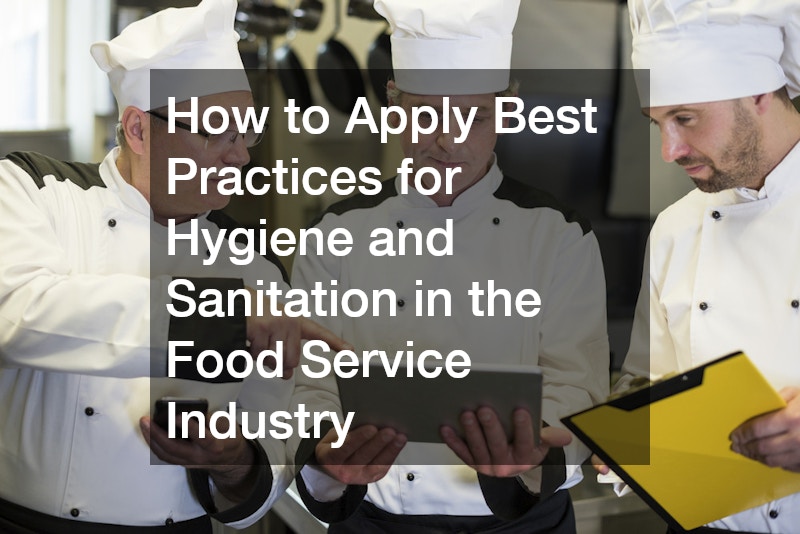Food safety takes top priority in the food service industry, where maintaining rigorous sanitation standards protects consumer health and prevents contamination. Accordingly, proper hygiene practices and adherence to sanitation protocols are essential for running a successful and safe food establishment.
Designing a Sanitary Facility
Impeccable food safety begins with the design of the food service facility. Choosing a site free from air pollution and away from sewage dumps is fundamental. Moreover, the premises should be equipped with a reliable plumbing system, non-absorbent and durable flooring, and efficient exhaust systems.
Proper lighting and pest control for f&b are also crucial to maintaining a hygienic environment.
Hygiene in Food Preparation
Hygiene and sanitation are paramount throughout the food preparation process. From the receiving area to the storage of raw materials, each step must adhere to strict cleanliness standards. The receiving area should be properly tiled and cleaned, while storage facilities must ensure proper hygiene conditions. During cooking, heat effectively kills bacteria, provided raw materials are fresh, and handling procedures are followed correctly. However, contamination risks can arise from improper holding standards or from staff who may be ill.
Implementing HACCP
The Hazard Analysis and Critical Control Points (HACCP) system is a systematic approach to identifying and managing food safety hazards. Developed to minimize risks, HACCP focuses on critical control points within the food service process. Each control point has specific limits that must be adhered to, ensuring safe food operations. By integrating HACCP principles, food establishments can improve food quality, manage costs, and comply with safety standards.
Personal Hygiene and Staff Conduct
Personal hygiene plays a significant role in maintaining sanitation. To prevent contamination, staff members must wear clean clothing, follow grooming standards, and address health issues promptly. Regular cleaning schedules and proper waste disposal further contribute to a hygienic food service environment.
Following these sanitation practices and using HACCP guidelines are essential for maintaining food safety and providing a top-quality dining experience for all customers.
.


